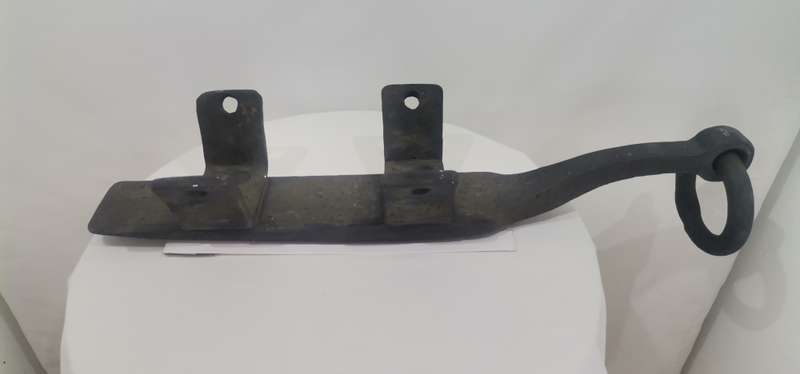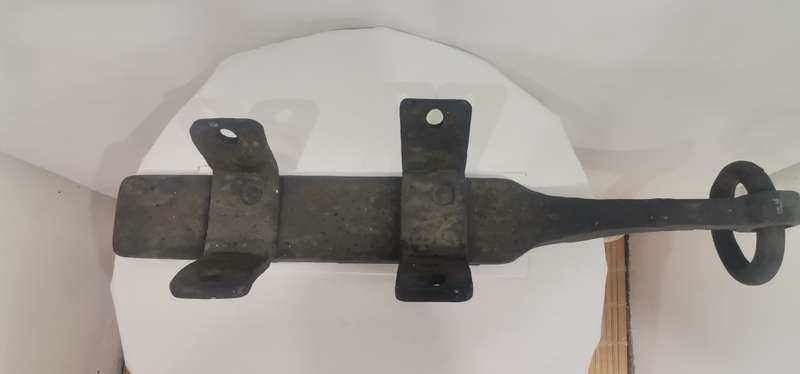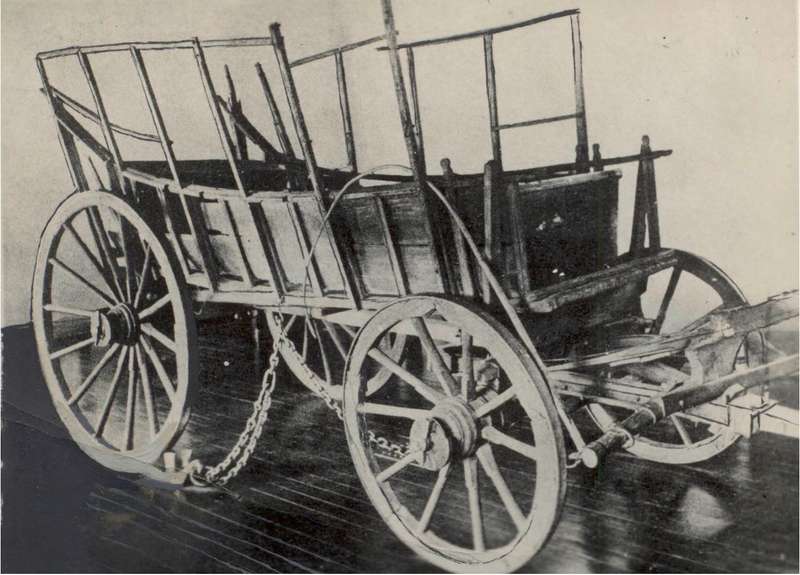











RARE 19th Century(?) Ox Wagon Brake Shoe/Ski
Check my rate
| Main centres: | 1-3 business days |
| Regional areas: | 3-4 business days |
| Remote areas: | 3-5 business days |












| Main centres: | 1-3 business days |
| Regional areas: | 3-4 business days |
| Remote areas: | 3-5 business days |
THE SKIDPAN/BRAKE-SHOE (REMSKOEN)
It is important to state that these early Cape-wagons did not have the screw-applied braking of later transport wagons. What they did have were skidpans remskoene (brake-shoes). Attached to the front of the wagon just aft of the front carriage were two lengths of iron chain having at their ends a wooden shoe about 45 by 60 centimetres in dimension and shaped something like an open Dutch clog. The chain was only as long as to allow the shoe to slip under the rear wheel so that the wheels rim fitted snugly into a groove in the shoe. In a sense the brake shoes acted as miniature sleds, thus slowing the speed of the wagon. An additional length of chain connected to the remskoen chain was threaded through the spokes of the wheel and hooked together. This was a fail-safe should the remskoen accidentally dislodge.
Eventually, the wooden brake-shoe was superseded by iron shoes made of sections of discarded wheel rims. During normal trekking, the remskoen would be hooked up and out of the way, under the carriage. Another method was to simply strap a log to the rear wheels. On very steep inclines the records maintain that travellers would strap a large branched tree below the rear wheels of the wagon, and then remove the rear-wheels. The tree acting as friction-brakes beneath the wagon.